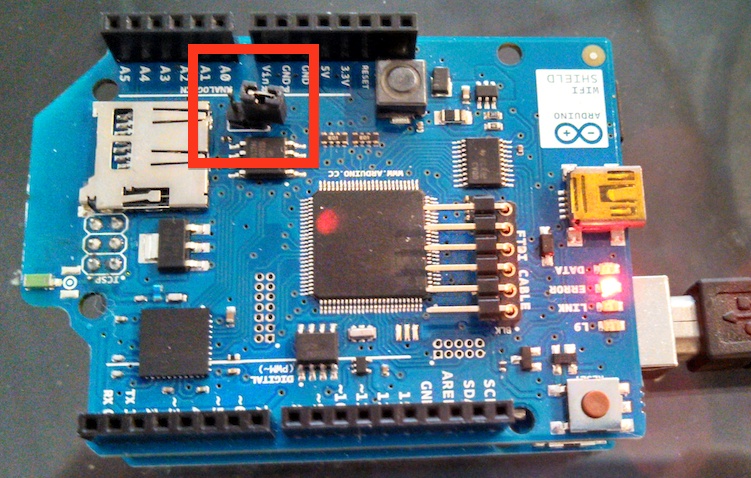Basically, if I put a shield on my Arduino (mine is Uno, but I'm asking generally), can I freely use all the pins that are there on the shield?
I have an Ethernet shield and almost all of the pins that the original Uno has, are available on the Ethernet too.
The best results that I could get from googling are this and this which describe that if a shield uses a certain pin, putting another shield that uses the same pin causes conflict.
But what about using them myself? Can I use all the pins on a shield as Input/Output?
If some pins are unusable, then why are they available on the board? For example why doesn't the Ethernet have pins 10-13 blocked so you can't put any jumper wires in them?
Additional info:
There was also this article which didn't seem very credible to me.
Also I've tried using pins 10-13 to light an LED while the Ethernet was busy transferring data. The result was the LED connected to pin 10 was very dim, 11 was less dim and so on. So my guess is yes, they are unavailable. But the fact that this was so rarely mentioned on the internet and that the pins aren't physically blocked made me doubtful.

